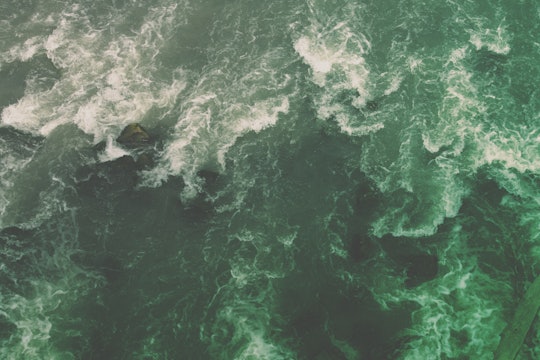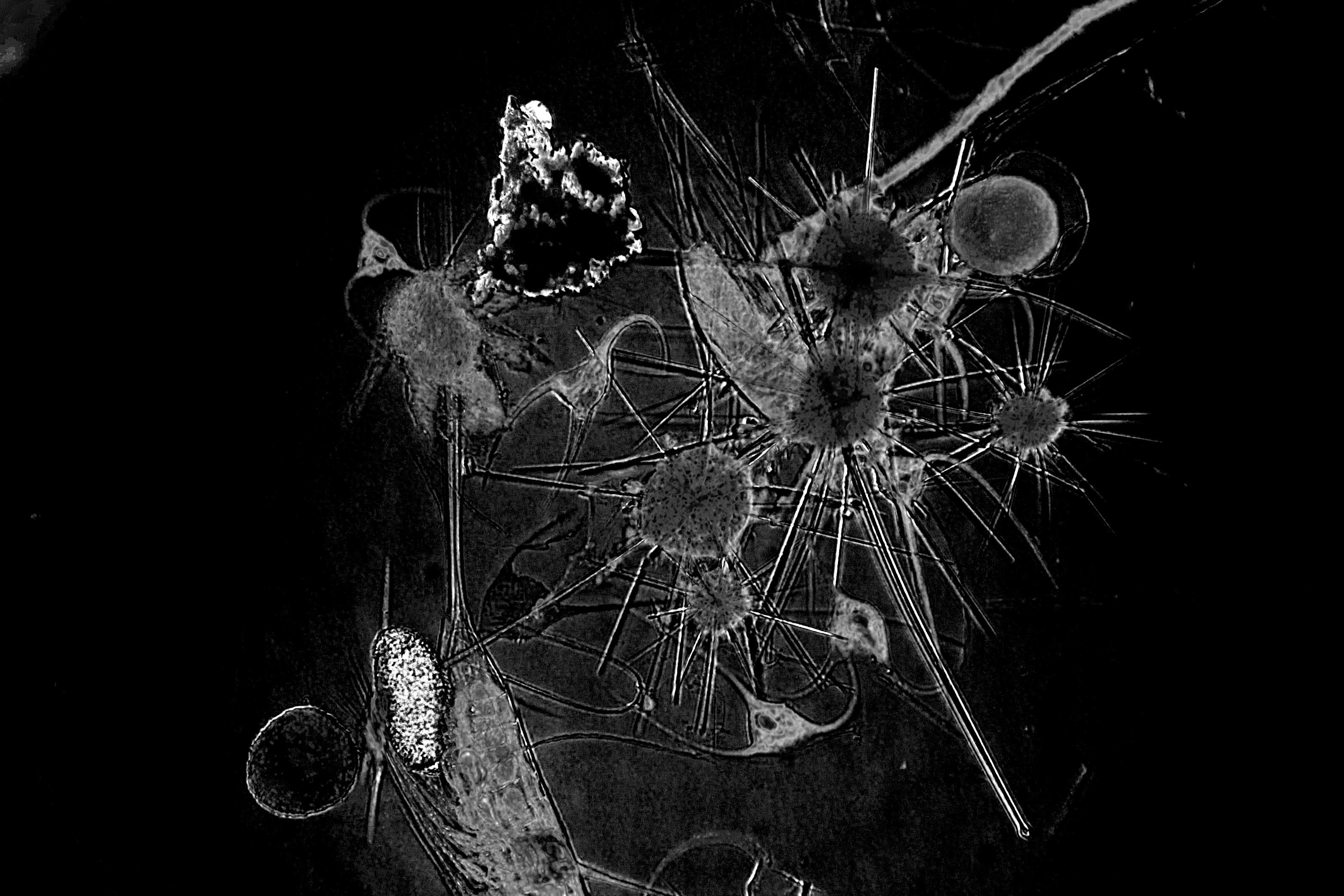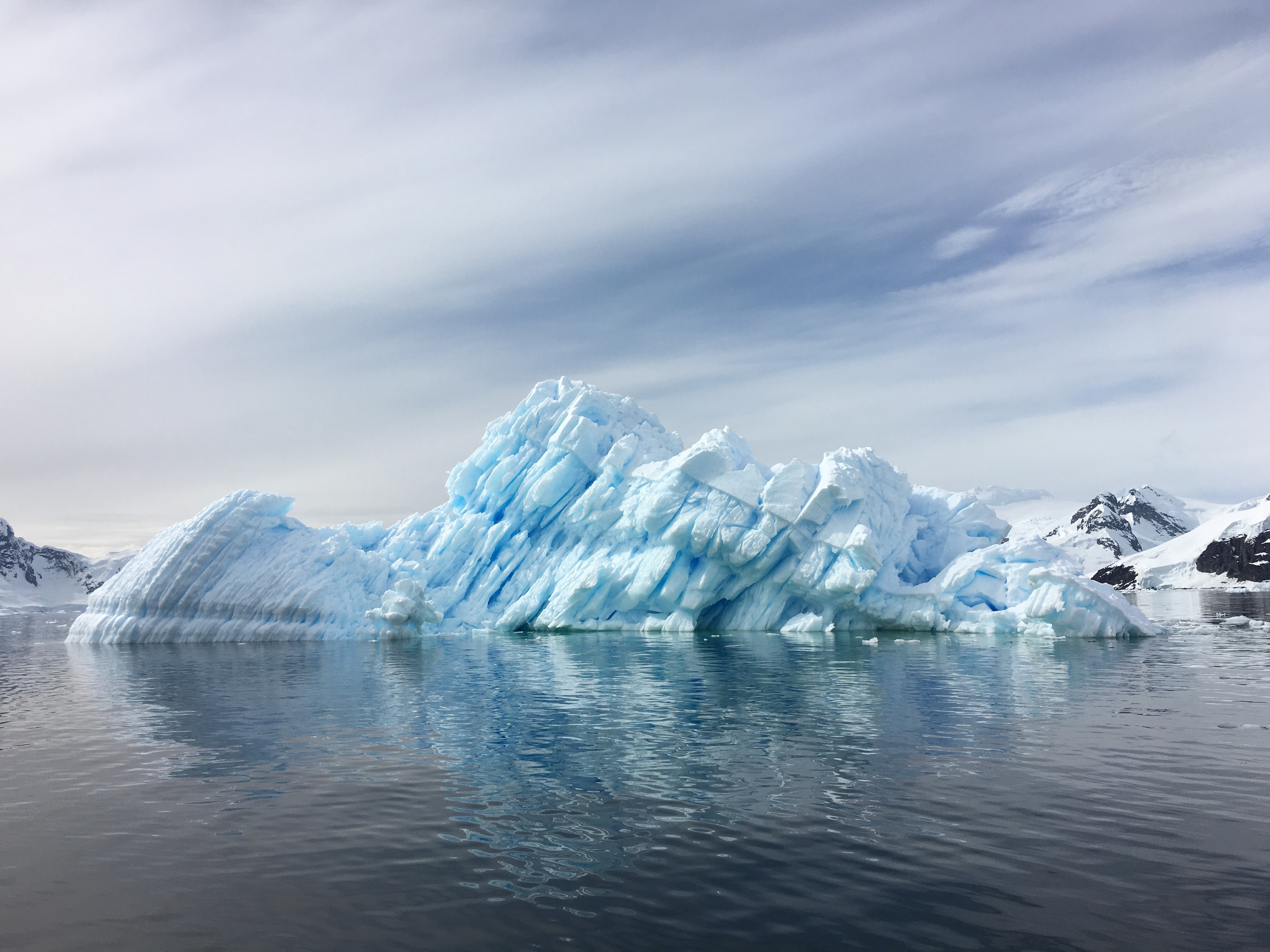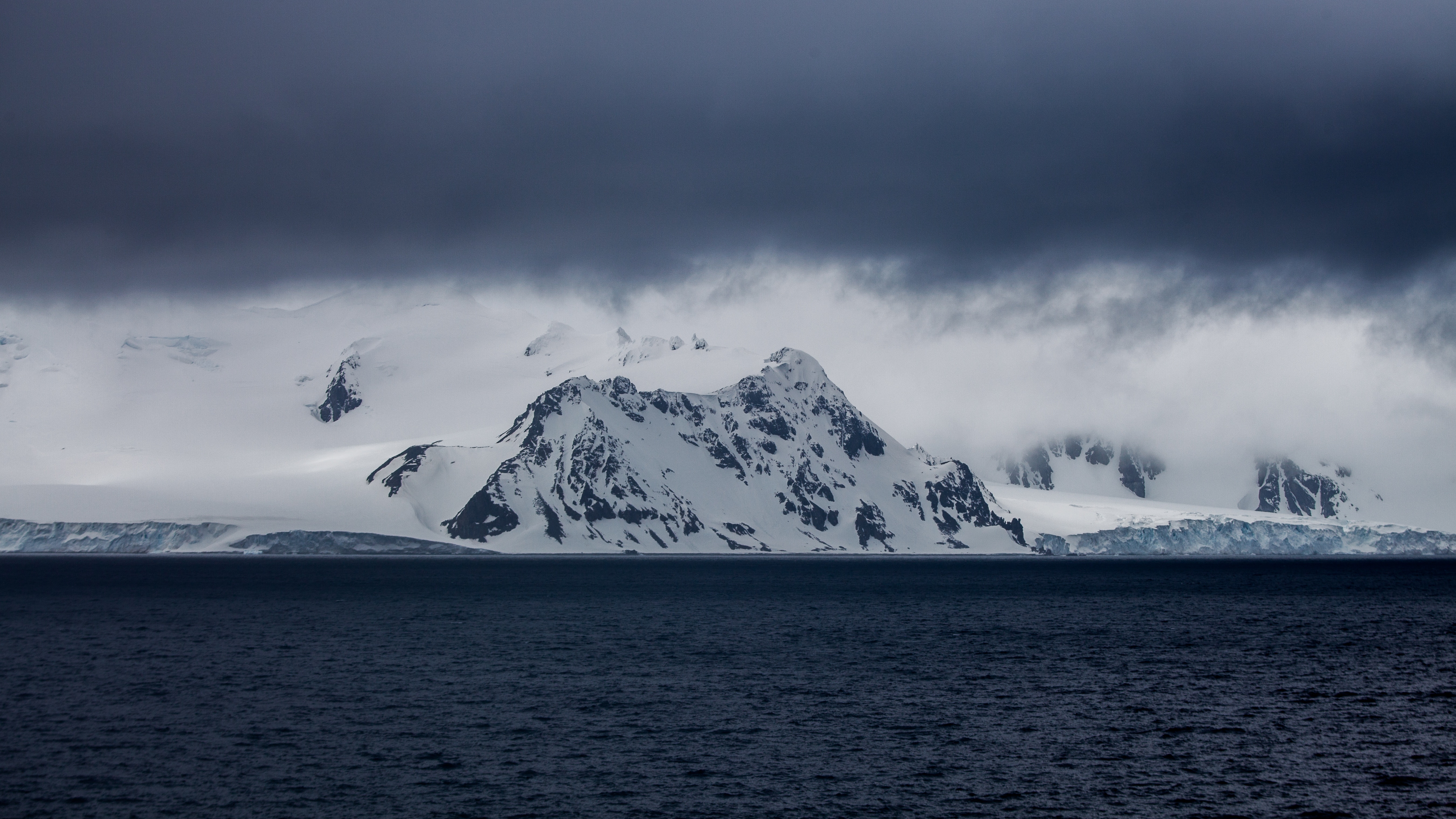
How atmospheric dust might help cool the planet
New research suggests an old idea of geoengineering has more merit than long suspected
As the earth continues to warm, it is becoming increasingly clear that we cannot ignore the possibilities of geoengineering, the branch of science that develops techniques to artificially cool the planet. Indeed, it may soon become necessary to take drastic action to prevent the worst effects of climate change. However, that doesn't mean that geoengineering experiments should be undertaken without caution and care, because the underlying impact of those experiments could very well end up causing more harm than help.
Iron fertilization as a geoengineering method was mostly considered in the late 1990s to early 2000s, and as an idea, it came about because of a very fundamental oceanographic question: why do certain areas of the ocean have very low amounts of plankton, even when they have enough nutrients for those plankton to grow?
In most areas of the ocean, phytoplankton, the tiny plant-like creatures that produce most of the oxygen in the ocean (and about half of the oxygen on the planet), need only two things to grow: light and nutrients. But there are some areas of the ocean that contain high levels of nutrients and no phytoplankton, even during times of the year when light conditions are right. These regions, called high-nutrient, low-chlorophyll regions, puzzled oceanographers until 1990, when a scientist named John Martin proposed that iron might be the missing link.
The limits of iron
Iron is a micronutrient – living things don't need a lot of it, but what they do need, they can’t do without. Places like the Southern Ocean, off the coast of Antarctica, have almost no iron at all. This is because iron is a terrestrial micronutrient, meaning it comes from the land. The most common sources of iron to the ocean are rivers and wind-blown dust from deserts. Antarctica, covered in ice and isolated from other continents, has none of that. Martin proposed that that was why the phytoplankton weren’t growing. To prove it, scientists went out and conducted iron fertilization experiments by artificially adding iron to the ocean and see if the phytoplankton grew. Within a day of adding dissolved iron into the ocean, scientists observed a phytoplankton bloom.

Hungry for iron
Picturepest / Flickr
That research was interesting and exciting, but the most exciting part for some people was an interesting link between phytoplankton and carbon dioxide. See, just like plants on land, phytoplankton are photosynthesizers. They use up carbon dioxide to create oxygen, and with so much open, iron-limited space in the Southern Ocean, oceanographic researchers across multiple institutions worldwide started to wonder if, with just enough iron, we could stop climate change completely.
It didn't work out quite that nicely. Artificial iron fertilization was proven to be ineffective at removing carbon from the atmosphere. And over concerns, published in a letter to Science in 2008, that continuing to conduct these studies might harm the natural environment by allowing invasive species to grow or by altering the ecosystem in ways they couldn't predict, the research was effectively halted. (Some continued under the table. In 2012, a US-based entrepreneur named Russ George defied an ocean-dumping moratorium, convincing the Haida Nation to conduct an iron fertilization project off the coast of British Columbia, Canada, to boost salmon populations, with the idea that salmon would feed off of the resulting phytoplankton bloom. According to Nature, scientists have seen no evidence that the scheme worked.)

Since 2008, there have been almost no papers talking about iron in the Southern Ocean affecting the climate. However, new research by Gary Shaffer, a researcher at the University of Magallanes in Punta Arenas, Chile, and Fabrice Lambert, an assistant professor at the Pontifical Catholic University of Chile, suggests that the question of iron isn't fully closed. Their research, which is focused on atmospheric dust, a major source of oceanic iron, suggests that dust, and the iron in it, may have contributed to the onset of the ice ages. And understanding how the Earth has naturally cooled in the past, prior to human intervention, would allow us to better understand how Earth might cool in the future.
Simulating sun and iron
Ice ages are actually regular events. Over the past 800,000 years, we've had eight. To a certain extent, they can be explained by variations in Earth's orbit. However, one curious thing about the past few ice ages is that our records show a decrease of carbon dioxide during them, contributing to global cooling via reflection, where dust particles in the atmosphere reflect incoming sunlight back out into space, and iron fertilization.
And while Antarctica is usually far away from any sources of dust, Shaffer and Lambert's research, which combines records taken from dust measurements in ice cores over the past 300,000 years with temperature measurements calculated from those same ice cores in Greenland and Antarctica, shows that the amount of dust in the atmosphere increased greatly just before the start of the last three ice ages.

Clouds, not dust, over Antarctica
While they state that this effect is not strong enough to cause an ice age on its own, the correlation is compelling, and Shaffer and Lambert make a convincing case that dust in the atmosphere might have provided the final push into an ice age. Using computer model simulations, they tested both the effect of reflection of sunlight and iron fertilization, and both appeared significant. Their research suggests that iron fertilization may play a part in cooling the earth after all.
However, that still doesn't mean that iron fertilization is the solution to climate change. Shaffer and Lambert's work showed that iron can contribute to an ice age that's already in development, not that it can start an ice age from scratch. The potential risks of artificial iron fertilization still need to be examined carefully before reopening the idea of using it for geoengineering so that we can fully understand the effects that this technique has on the natural environment and be prepared for any consequences that might result.
